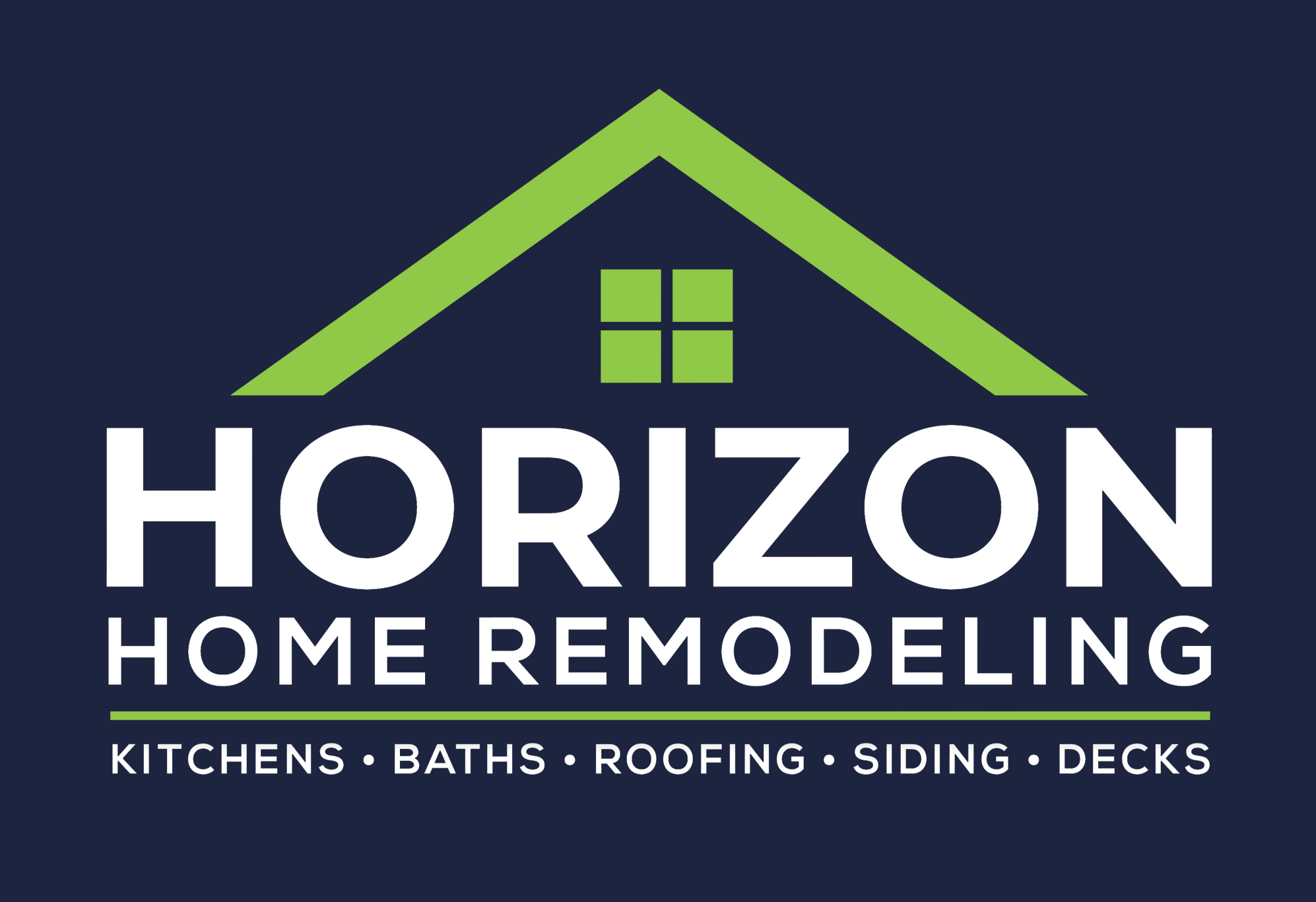Upgrading your entire home is an ambitious and rewarding venture, merging aesthetics with functionality. This article delves into how to successfully navigate this process, ensuring that your design choices enhance practical living while elevating your home’s overall value.
Understanding Whole-Home Upgrades
Upgrading your home involves more than simply redecorating; it entails a holistic approach to enhancing the living experience. A whole-home upgrade can include structural renovations, aesthetic enhancements, and installing modern technologies that improve energy efficiency and comfort.
What Constitutes a Whole-Home Upgrade?
A whole-home upgrade generally includes:
- Structural changes: This may involve knocking down walls to create open spaces or adding new rooms.
- System upgrades: Modernizing heating, cooling, plumbing, and electrical systems for efficiency.
- Interior design improvements: Revamping layouts, furniture, colors, and materials for aesthetics and functionality.
- Smart home integration: Installing technology that enhances convenience, such as smart thermostats, security systems, and energy-efficient appliances.
By understanding what constitutes a whole-home upgrade, you can better assess the scope and define your goals.
Planning Your Upgrade
Setting a Budget
Establishing a budget is essential to manage costs effectively. According to a survey by HomeAdvisor, the average cost of a home remodel can range from $12,000 to $30,000, depending on the extent of the upgrades.
- Research Average Costs: Understand what similar upgrades cost in your area.
- Prioritize Projects: Identify which upgrades will provide the most value or necessity.
- Include Contingency Funds: Set aside 10-20% of your budget for unexpected expenses.
Creating a Timeline
Determining a feasible timeline helps transition from planning to execution smoothly.
- Phased Approach: Consider upgrading in phases to minimize disruption.
- Seasonal Timing: Schedule projects according to weather conditions, especially for outdoor upgrades.
- Buffer Time: Always add extra time for unforeseen delays.
Hiring Professionals vs. DIY
Deciding whether to hire professionals or use a DIY approach can significantly impact your results.
-
Pros of Hiring Professionals:
- Expertise in design and execution.
- Time savings, allowing for quicker completion.
- Access to specialized tools and materials.
-
Cons of Hiring Professionals:
- Higher upfront costs.
- Less personal involvement in the design process.
-
Pros of DIY:
- Cost savings and enhanced personal satisfaction.
- Flexibility in managing your own schedule.
-
Cons of DIY:
- Can be time-consuming and complex.
- Risk of errors that may require professional correction.
Defining Your Design Aesthetic
The aesthetic of your home should not only reflect your personal style but also be practical in its execution.
Popular Design Aesthetics
- Modern Minimalism: Clean lines and neutral color palettes with a focus on function.
- Industrial Chic: Raw materials like exposed brick and metal paired with vintage décor.
- Farmhouse Style: Combining rustic charm with modern conveniences, emphasizing cozy and functional spaces.
- Scandinavian Design: A focus on simplicity, functionality, and warmth through natural materials.
Color Schemes and Materials
Choosing the right colors and materials can influence both aesthetic appeal and practicality.
- Colors: Opt for shades that complement natural light and define spaces. For example, light-colored walls can make a small space feel larger.
- Materials: Prioritize durable materials that can withstand daily wear and tear, such as quartz countertops or hardwood flooring.
Implementation: Practical Tips for a Seamless Upgrade
Focus on Key Areas
Certain rooms in your home benefit significantly from upgrades, prioritizing functionality along with design:
-
Kitchen: A hub of activity, upgrading appliances can improve efficiency. Open shelving can create a modern look while maximizing space.
-
Bathroom: Consider water-efficient fixtures, which reduce costs and improve sustainability.
-
Living Spaces: Incorporate versatile furniture that allows for flexibility in usage while maintaining aesthetic coherence.
Integrating Smart Technology
Incorporating smart technology can greatly enhance both the design and functionality of your home.
Popular Smart Home Technologies
- Smart Thermostats: Adjust temperature settings remotely for energy efficiency.
- Smart Lighting: Automate lighting for security and convenience.
- Home Security Systems: Increase safety with cameras and motion sensors that you can monitor from anywhere.
The integration of smart technology not only modernizes your home but can also significantly reduce energy costs, making your upgrade more practical.
Case Studies: Successful Whole-Home Upgrades
Case Study 1: The Smith Family
The Smiths wanted to improve the functionality of their home for their growing family. They chose to open up their kitchen and living area, creating an open-concept space that allowed for better flow and interaction.
- Results:
- Increased the home’s value by 25%.
- Enhanced daily living experience by creating a communal environment.
Case Study 2: The Johnsons’ Eco-Friendly Upgrade
The Johnsons aimed to make their home more energy-efficient. By installing solar panels, energy-efficient windows, and smart home devices, they not only reduced their electricity bills but also increased their quality of life.
- Results:
- Cut energy bills by 40%.
- Improved home resale value due to modern sustainability features.
Challenges to Consider
While upgrading, be prepared for common challenges that may arise:
- Disruptions to Routine: Major renovations can disrupt daily life; having a contingency plan is essential.
- Compromise on Vision: Budget constraints may force compromises; prioritize features that matter most.
- Unexpected Costs: Always account for potential unforeseen expenses.
Conclusion: Embrace Practical Excellence in Design
Embarking on a whole-home upgrade is a significant investment in your living space, necessitating careful consideration of design and practicality. By planning strategically, prioritizing key areas, and choosing materials and technologies wisely, you can transform your home into a comfortable sanctuary that meets your functional needs while also showcasing your personal style.
Key Takeaways:
- Set a clear budget and timeline to guide your project.
- Consider hiring professionals for complex tasks while keeping the option for DIY where feasible.
- Focus on key areas like kitchens and bathrooms for maximum impact.
- Integrate smart technologies for enhanced living experiences.
- Prepare for challenges, ensuring you have a flexible plan to adapt as needed.
By mastering the blend of design and practicality, your whole-home upgrade can bring joy, efficiency, and value to your everyday life.



